by Brooke C. Stoddard
Throughout the wide range of human capacities to be found in military heritage, one that often sticks out is ineptitude. It’s there aplenty, and Americans unfortunately have to lay claim to their fair share. We need look no farther than the Father of Our Country, George Washington, whose first battle of more than a quarter hour was a day-long disaster.
[text_ad]
During the French and Indian War, Washington was 22 years old and in co-command of 400 Virginia militia and regular British troops sent from the settlements to the upper Ohio River Valley to resist—as the British saw it—the encroachment of the French. A vanguard had attempted to fortify the confluence of the Allegheny and Monongahela Rivers, but a large contingent of French had forced their withdrawal. Then a vanguard of the French approached Washingon’s small army. In a raid, Washington attacked them in a 15-minute fight that killed the French commander.
Washington Surrounded
A larger French force then marched on Washington’s command, which in late June retreated to a meadow in southwestern Pennsylvania and erected a stockade, which he called Fort Necessity. Washington had poorly chosen the ground for his stand (he had done so before the arrival of his British counterpart). he picked the confluence of two creeks and, although he erected a palisade of stout logs and excavated outlying trenches, the site was surrounded by forest encroaching to within musket distance.
Washington was too far in advance of reinforcements and without substantial supplies. He expected the French and Indians to approach in the open field where he might conduct a traditional battle. When they appeared they instead scattered throughout the woods and quickly were firing on the stockade from three sides.
Foul Weather & Heavy Casualties
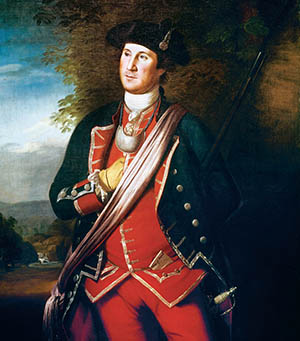 Rain swelled the creeks, flooded the trenches, wetted the powder, and aggrieved the wounded. Throughout the day, the French and Indians fired from the higher ground and shelter of the woods, picking off all of the horses and cows and a growing number of men.
Rain swelled the creeks, flooded the trenches, wetted the powder, and aggrieved the wounded. Throughout the day, the French and Indians fired from the higher ground and shelter of the woods, picking off all of the horses and cows and a growing number of men.
Throughout this immensely long day for the young Washington, more and more of his men fell until a third were dead or wounded, all without telling counter-effect on the French, the hope of reinforcement, or a considerable possibility of a sortie that would break the siege. He was caged, and when the French called out for his surrender, he and his British co-commander took it. The following morning he led what was left of his force out in disgrace. For much of the rest of his life, the fourth of July was an exceptionally painful anniversary.
“Fighting the Last War”
A common rebuke of generals is that they “fight the last war.” Sometimes we can be glaed they did. Say what you will about George Washington’s abilities as a military man, he surrendered only once in his lifetime. He never forgot it and he never was forced to do it again. in all of his major battle sin the American Revolution, he got into some very sorry scrapes, but he always had a line of retreat and he always scooted out to fight another day. And in his two most telling victories—Trenton and Yorktown—he shaped the battlefield so that it was his enemies, not he, who had no lines of retreat.
Washington knew a lesson when he was presented one. He learned it and retained it all his life.
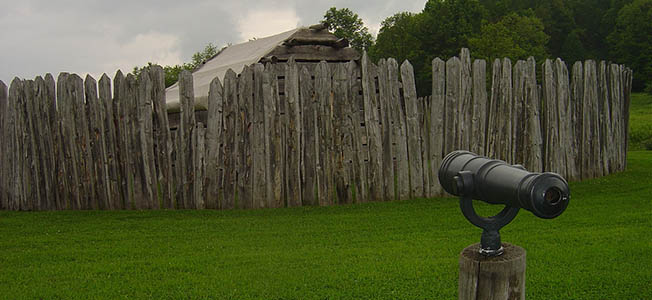
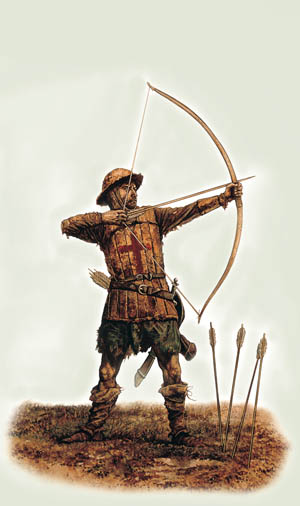
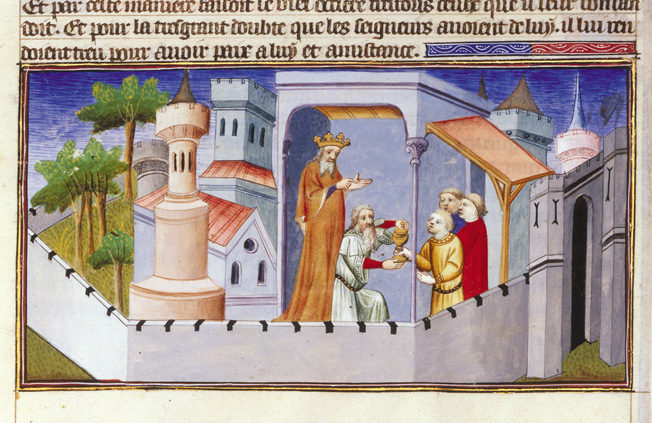
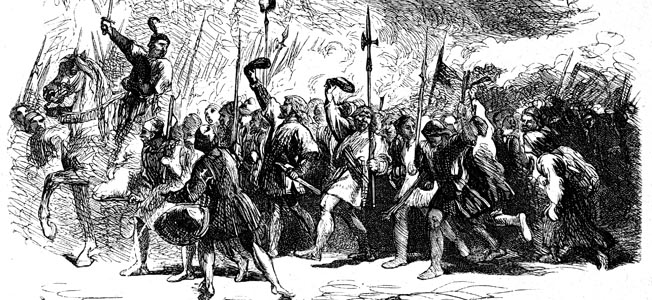
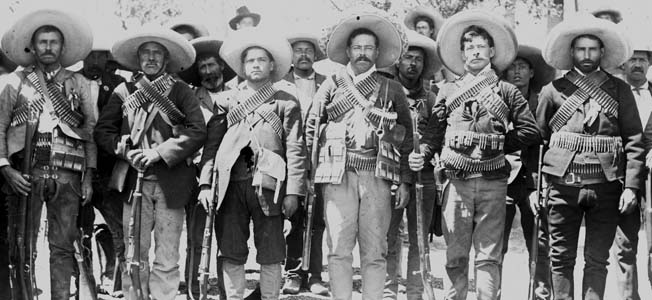
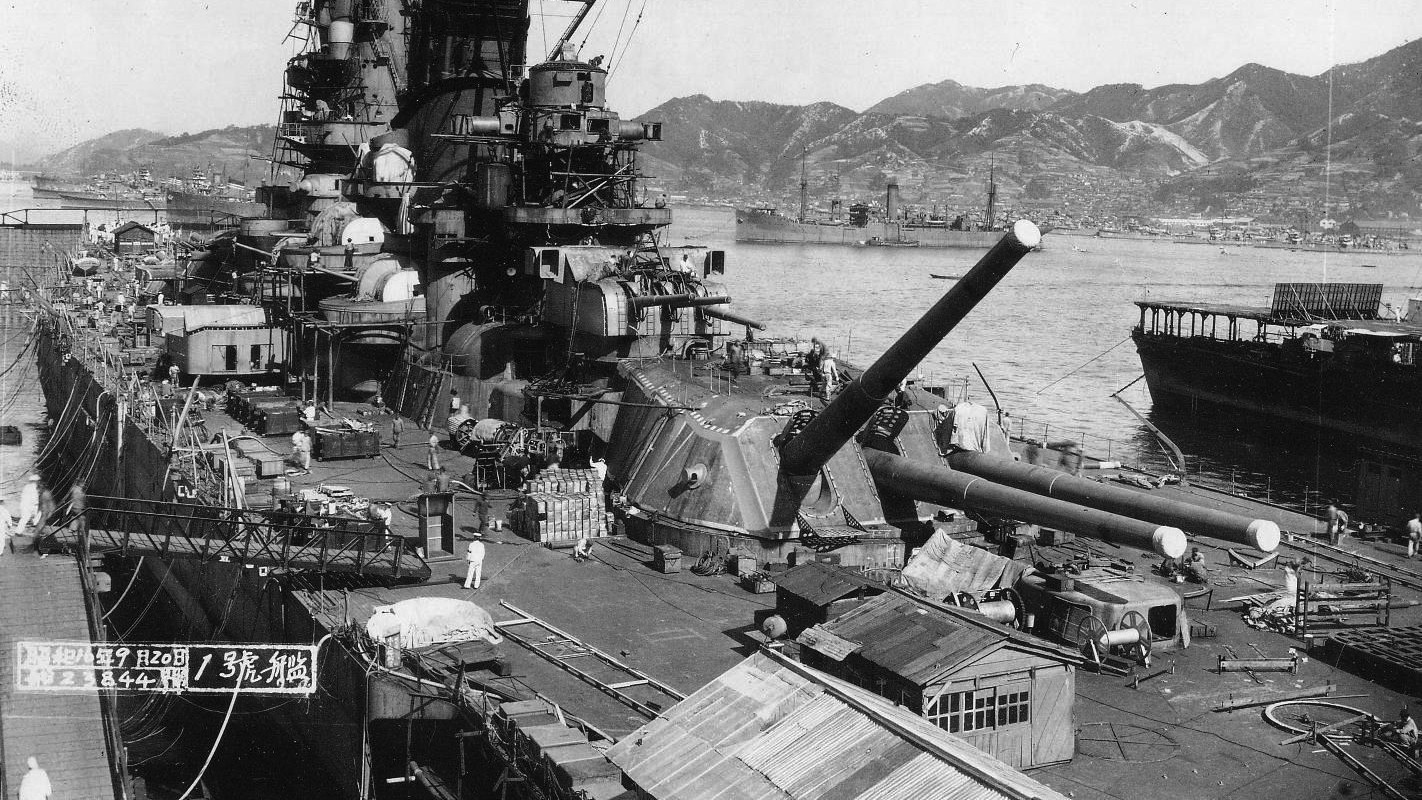
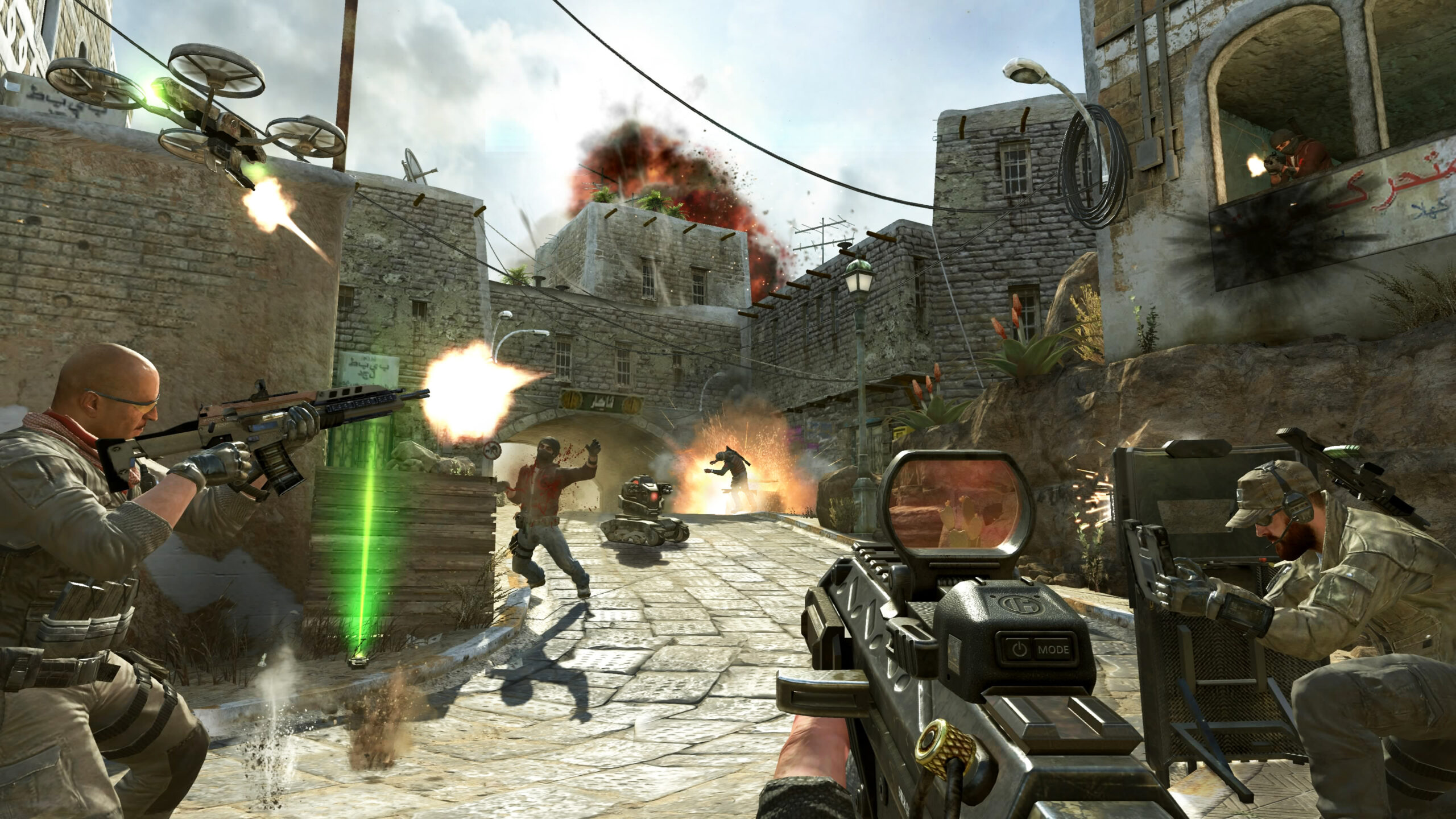
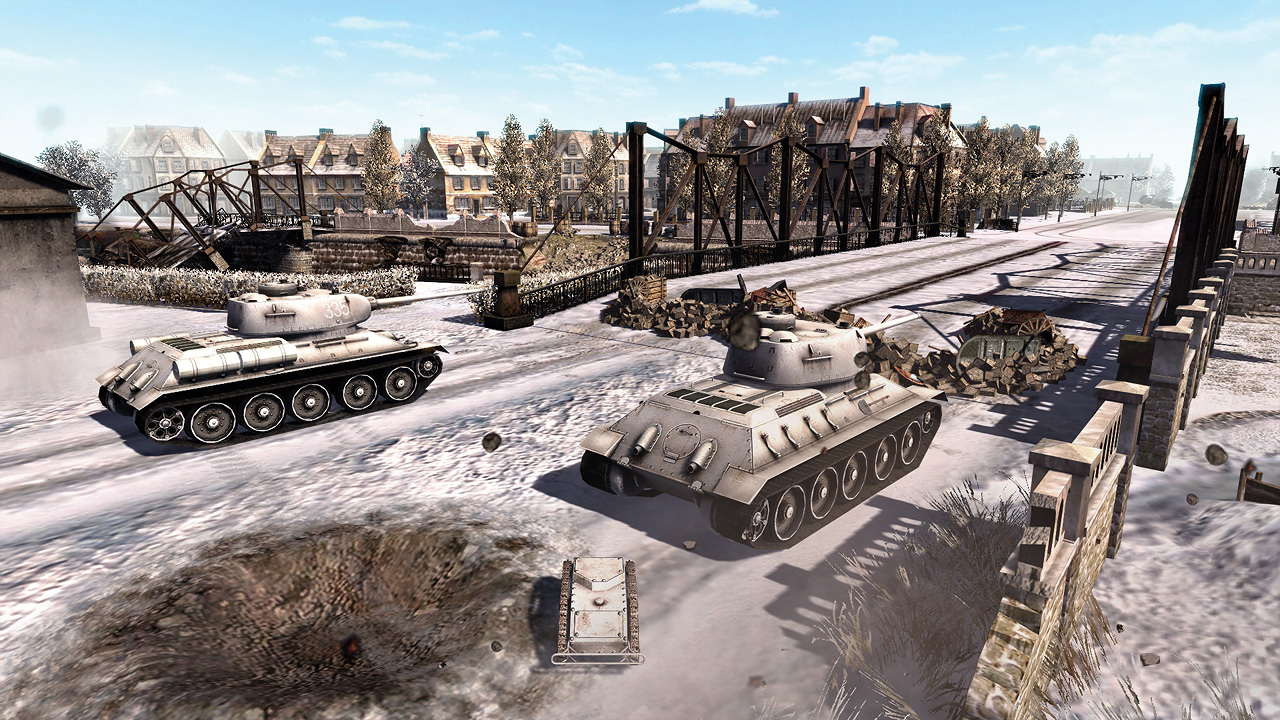
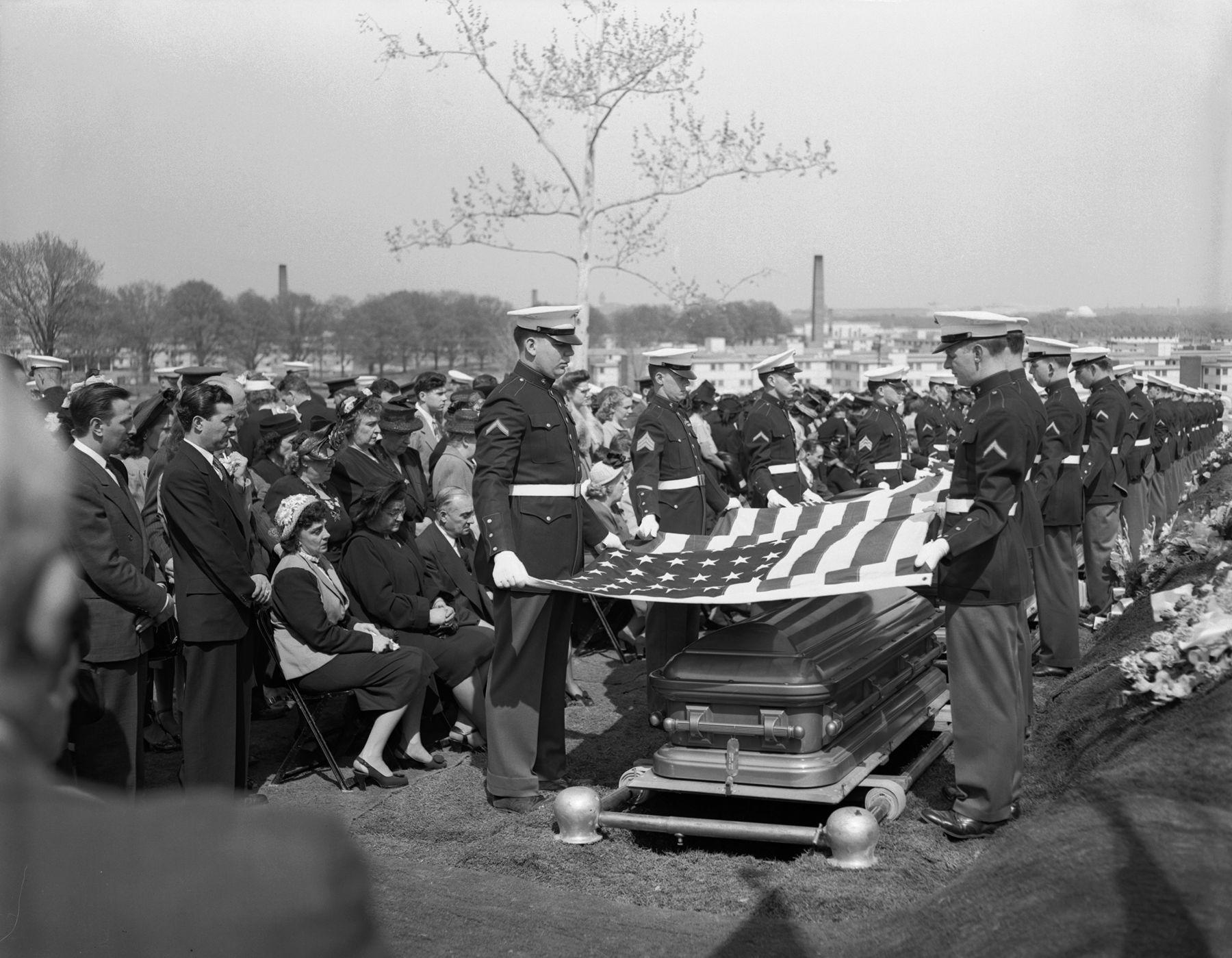
Join The Conversation
Comments
View All Comments